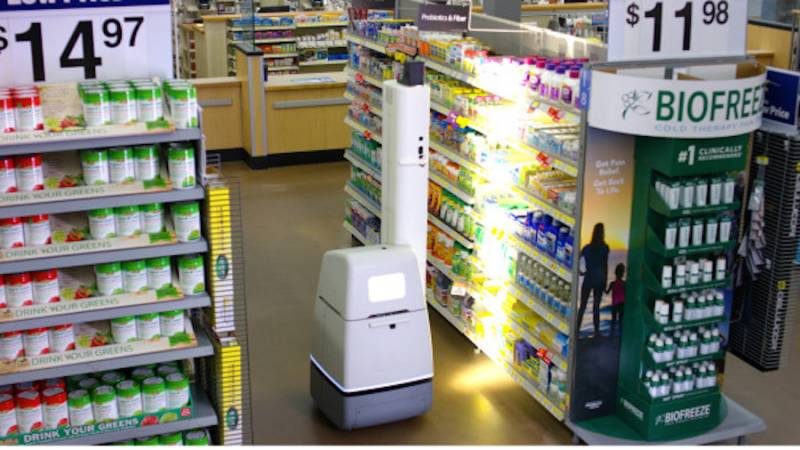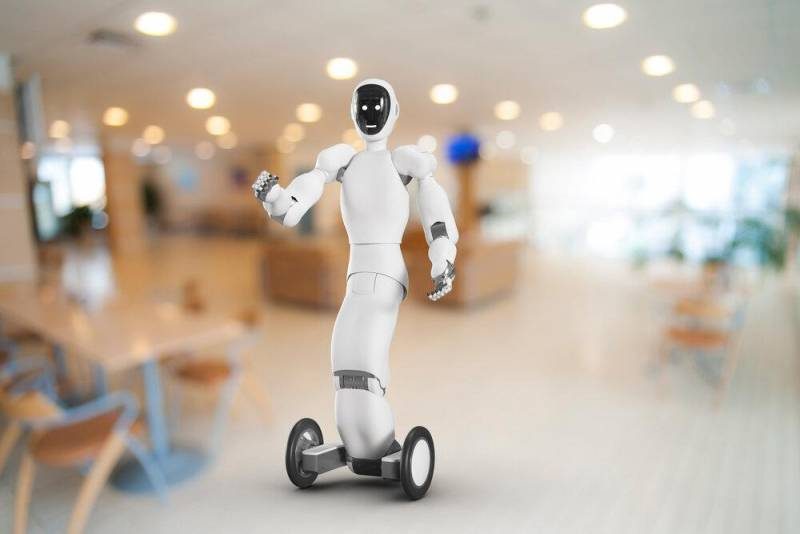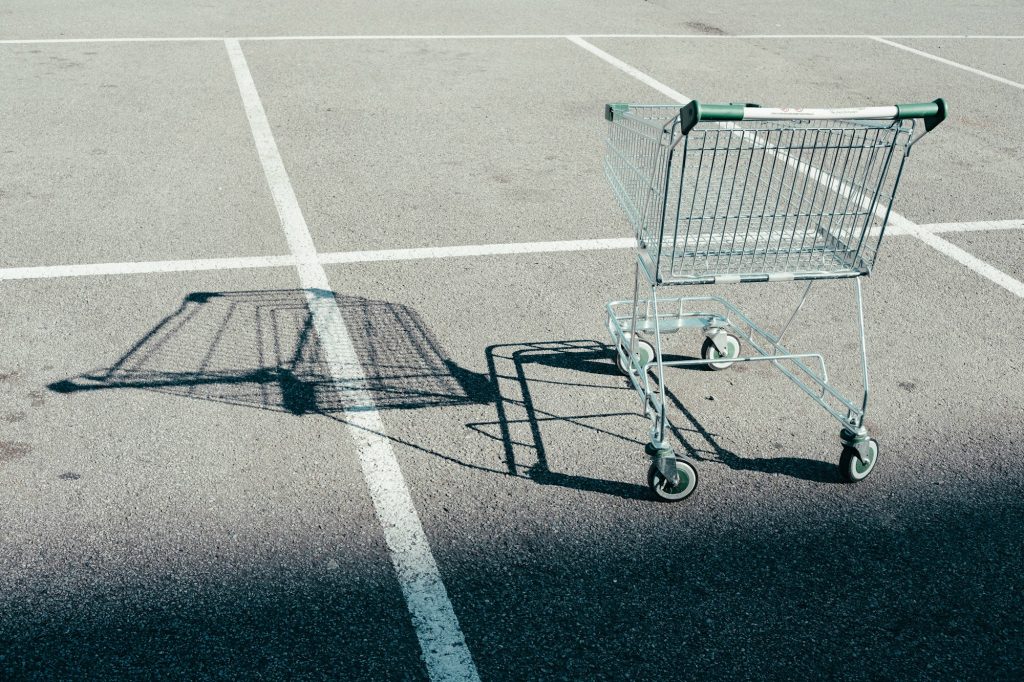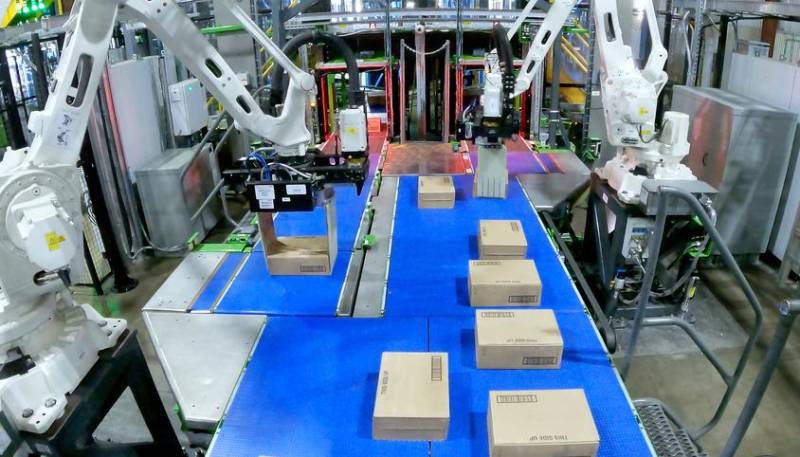
Technological advancements are transforming how grocery stores and retailers work, from optimizing operations to improving customer satisfaction.
Stewart Samuel, IGD’s director of retail futures, has observed a change in perspective toward pragmatism, especially during COVID-19. Merchants now prioritize using technology to increase productivity and drive efficiencies.
“If we go back five years ago, pre-COVID, there was a lot of focus on trying different things, particularly customer-facing technologies. We saw a lot of innovation with different activations, like gamification. Post-COVID, retailers started to take a pragmatic approach to using technology to drive more efficiency in the business, helping to reduce costs and improve productivity. Retailers are focusing on the use case of technology with a good return on investment,” Samuel tells Grocery Business.
Samuel says one area witnessing a technological shift is distribution centres. Retailers are turning to robotics and automation to address staffing challenges, with labour shortages plaguing many industries. He says these technologies optimize distribution centre operations and trickle down to the store level. Moreover, AI in demand planning further enhances efficiency by ensuring the right products are available, reducing excess stock and minimizing handling.
“I’m seeing a shift towards a more proactive approach, particularly upstream in distribution centres. Many of these facilities are now equipped with advanced technology to address our labour shortage. It’s not just about cutting costs; sometimes, retailers don’t have enough workers. The integration of robotics and automation in distribution centres is really making a difference, even down at the store level,” Samuel says.
Not only do back-end operations benefit from technology, but the customer experience is also being improved. Samuel says data analytics plays a pivotal role in inventory management, offering improved transparency to customers, especially in the online space. He added that having reliable data allows retailers to provide accurate information on product availability.
“These systems are becoming more sophisticated, with the ability to pick specific products onto pallets, ensuring that the right items are stocked in the aisles. Intelligent pallet building is a game-changer compared to the past when different categories of products were mixed together. As someone who’s worked in-store, I understand the challenges of handling excess stock. Every time a product goes through multiple stages before reaching the shelf, it adds unnecessary complexity and labour. AI plays a crucial role here, especially in demand planning. By analyzing complex demand patterns, AI can make more accurate predictions and anticipate future demand, ensuring that stores have the right products at the right time.”

Adopting augmented reality and autonomous vehicles to streamline operations
He adds that emerging technologies like virtual and augmented reality hold promise in the future. While virtual reality tools can be leveraged for situational-based training, augmented reality presents exciting opportunities for in-store navigation and product promotion.
Moreover, he says there is increasing adoption of drones and autonomous vehicles, particularly in the U.S., foreseeing their integration into the mainstream over the next five years.
“I anticipate significant growth in these technologies over the next five years. Retail giants like Walmart have already demonstrated the potential with successful drone deliveries, especially for small parcel services. However, in Canada, regulatory complexities pose challenges that need addressing. Notwithstanding these obstacles, Samuel expresses optimism that these technologies will expand and become further ingrained in daily life as time and technology progress.
He says the grocery business still places a high priority on sustainability and that problems like food waste and environmentally friendly packaging are being addressed by technology. Retailers are using technology to reduce waste and effectively inform customers about their sustainability initiatives through demand planning algorithms and dynamic pricing schemes.
Samuel added there’s also a shift towards more targeted markdowns rather than blanket discounts. The approach allows retailers to make more informed decisions based on individual product attributes and demand patterns, ultimately reducing unnecessary markdowns and optimizing inventory management. Furthermore, advancements in payment solutions reflect evolving consumer preferences, with biometric payments emerging as a noteworthy trend.

Tackling shopping cart theft
Daniel Testa from Gatekeeper tells Grocery Business how the company’s technology is combating shopping cart theft, a pervasive issue for many retailers. Gatekeeper’s solutions blend hardware and software, utilizing AI and data analytics to prevent theft and enhance operational efficiency.
One such technology, Purchek, is used by retailers as a tool in the battle against retail theft. Designed to retain merchandise, deter theft and enhance safety, Testa says the technology is helping grocers tackle prevention in retail environments when costs are rising.
“In terms of Canadian retailer, franchisees typically will buy our car retention system, and it’s because they count their shopping carts every night, it’s definitely part of their assets. And what people don’t realize with shopping carts is when the cart is not at your store. It also affects your sales, right? Yes, it affects your customer experience, because now that senior citizen who’s coming on Saturday morning, uses that shopping cart as a bit of a walker doesn’t have that to move around your store,” says Testa.
He says about 25 years ago, people were tired of seeing shopping carts scattered around the neighbourhoods in Los Angeles. So, the city had a contest. They asked for a way to keep shopping carts at the stores instead of wandering off. Whoever came up with the best solution would get a prize. That’s how Gatekeeper got started. Indicating return on investment on an average of 18 months, the company works with thousands of grocers and retailers.

Wearable tech supports workers in retail, food production environments
When German fruit and vegetable wholesaler Himbert was looking for solutions to eliminate having workers lift and move crates of produce off pallets, he turned to wearable tech from German Bionic, a robotics company that specializes in powered exoskeletons. These exoskeletons are designed to assist workers in tasks involving heavy lifting and repetitive movements, thereby reducing physical strain and increasing productivity. The company’s technology integrates advanced robotics, artificial intelligence, and real-time data analysis to provide users with comfortable and efficient wearable solutions.
The company began working with Himbert, a fruit and vegetable wholesaler with 100 employees in Saarland, Germany. Though managing director Johannes Himbert has tried passive exoskeletons in the past and received poor feedback from workers, he thought the powered suits could make a difference.
“Himbert was using their manual labour staff to lift and move crates of fruit and vegetables from pallets. The weight of each crate averaged around 19K, which doesn’t seem like a lot, but over the day amounted to about 10-15 tonnes per worker. The organization and their liability insurance saw this as an issue that needed to be solved,” said Meghan Kennelly, head of global marketing at German Bionic. “After a demo, the workers found the device far more comfortable and the additional power was well received.”
Moreover, due to the data analysis feature, the company can easily evaluate the KPIs by displaying the fully connected e-exoskeletons.
“Our team was enthusiastic right from the start and uses the devices every day. Our younger colleagues can’t wait to put them on and hit the ‘on’ button,” Himbert said.

